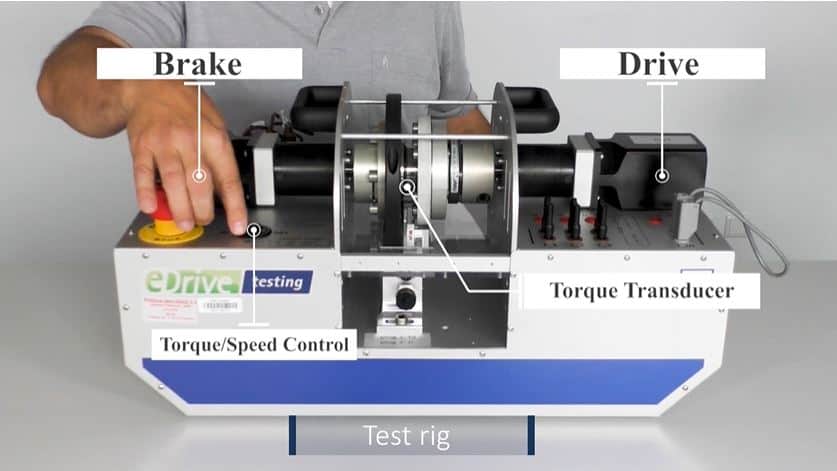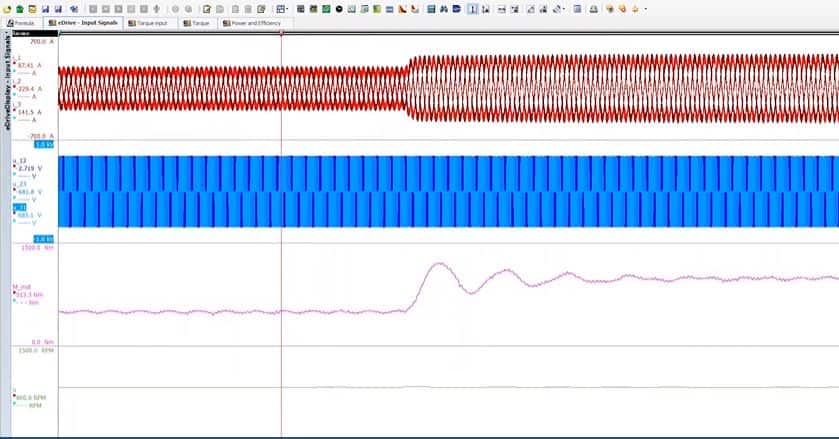Tip 1: Accuracy
Measurement accuracy is fundamental when you're optimizing the performance of an electric inverter, motor or drivetrain. By driving down measurement uncertainty you generate more credible results, which improves the value proposition of your system. Selecting a power analyser with the best base power accuracy available, is an investment in the long-term future of your products and solutions.




